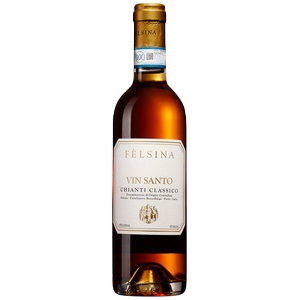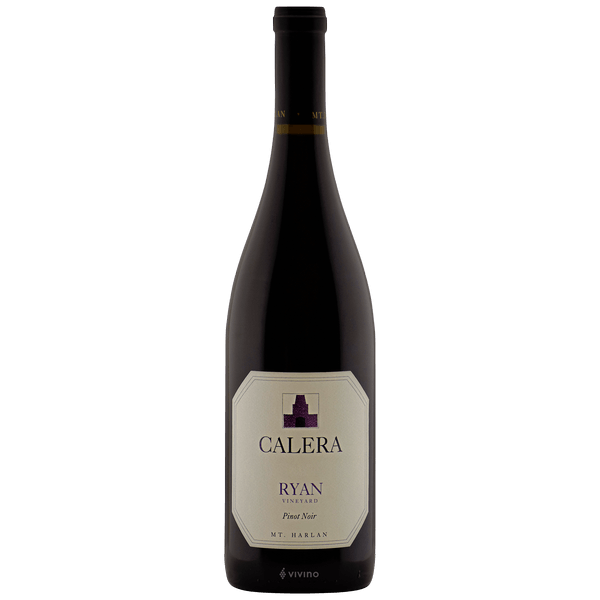2008 Felsina Vin Santo Del Chianti Classico
2008 Felsina Vin Santo Del Chianti Classico
Golden yellow, with coppery highlights. Peach, apricot, pineapple and tropical dried fruit aromas. Consistency on the palate, softness and elegance nicely structured by the oak barrels. Wine with great balance, favorable acidity and a well-harmonized residual sugar. Long in the mouth.
In the 17 published editions of Gambero Rosso, Italy’s acclaimed wine rating guide, this Tuscan estate has won the coveted Tre Bicchieri (Three Glasses) award 17 times. They are a favorite of IWM, Robert Parker, and any Tuscan wine enthusiast. And they did it by revealing the true essence of the Sangiovese grape and the Chianti Classico terroir. What this tells us is that this is a winery of consistency, producing Chianti Classicos with the ability to age up to two decades for the right vintage. Much like the great Brunello estates, it is the marriage of an ideal microclimate and the uncompromising commitment of a dedicated staff that educes the full character of Tuscany’s noble grape, even in off vintages. Even more importantly, this is a producer who creates compelling wines and releases them at contained prices, making Felsina accessible to all wine enthusiasts and one of Italy’s greatest values!
Famous for its food-friendly, approachable red wines and their storied history, Chianti is perhaps the best-known wine region of Italy. This appellation within Tuscany has it all: sweeping views of rolling hills, endless vineyards, the warm Mediterranean sun, hearty cuisine and a rich artistic heritage. Chianti includes seven subzones: Chianti Colli Fiorentini, Rufina, Montalbano, Colli Senesi, Colline Pisane, Colli Aretini and Montespertoli, with area beyond whose wines can be labeled simply as Chianti.
However the best quality comes from Chianti Classico, in the heart of the Chianti zone, which is no longer a subzone of the region at all but has been recognized on its own since 1996. The Classico region today is delimited by the confines of the original Chianti zone protected since the 1700s.
Chianti wines are made primarily of Sangiovese, with other varieties comprising up to 25-30% of the blend. Generally, local varieties are used, including Canaiolo, Colorino and Mammolo, but international varieties such as Cabernet Sauvignon, Merlot and Syrah are allowed as long as they are grown within the same zone.
Basic, value-driven Chianti wine is simple and fruit-forward and makes a great companion to any casual dinner. At its apex, Chianti is full bodied but with good acidity, firm tannins, and notes of tart red fruit, dried herbs, fennel, balsamic and tobacco. Chianti Riserva, typically the top bottling of a producer, can benefit handsomely from a decade or two of cellaring.
Related products
2019 Rosa del Golfo Primitivo is a red wine from Salento characterized by warmth, smoothness, balance and elegance, born from a short aging in oak barrels. A spicy and Mediterranean bouquet of black fruits, red flowers, wild herbs, pepper and sweet spices animate a velvety, warm, full-bodied, elegant and persistent taste. With a silky and [...]
2020 Domaine des Lambrays Clos des Lambrays Grand Cru 2020 Domaine des Lambrays Clos des Lambrays Grand Cru, A fresh red, with black currant and black cherry flavors shaded by floral, iron, earth and spice elements. Fluid and on the elegant side, with a solid underlying framework of tannins. Turns a bit leaner on the [...]



